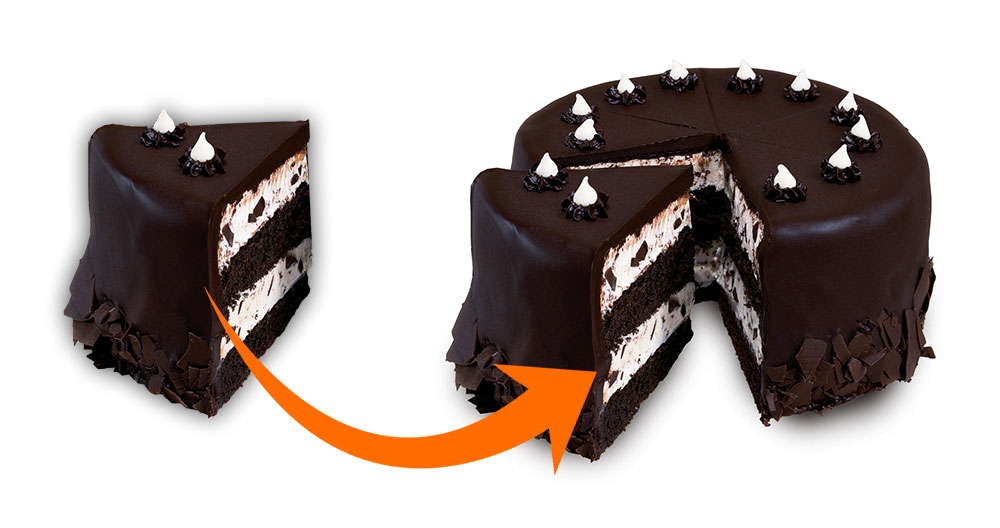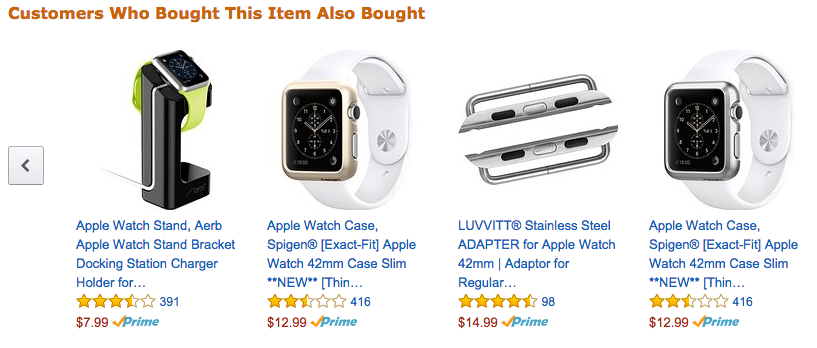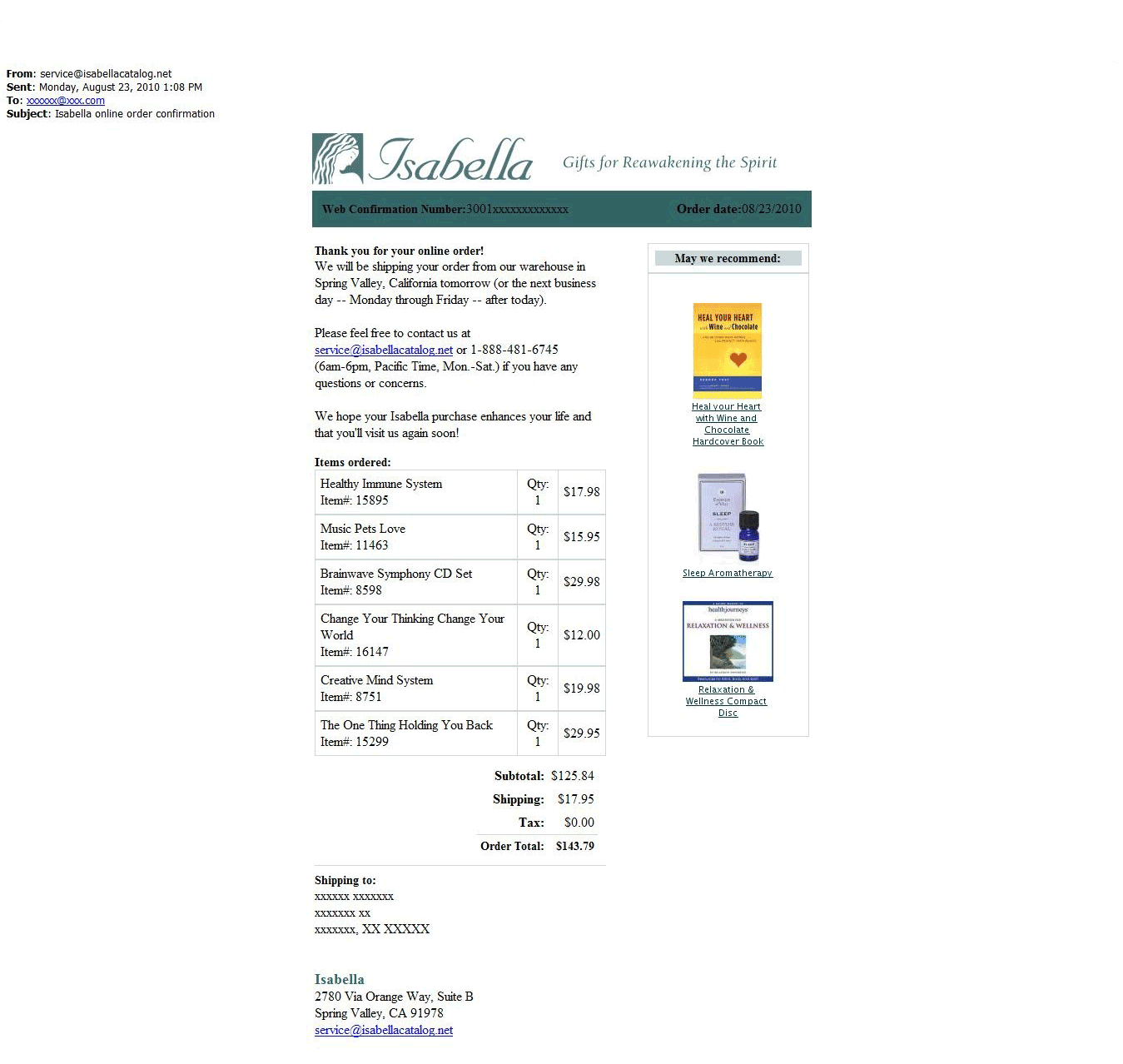
When people buy, they experience a dopamine release, which, to put it bluntly, makes them feel good. Through your efforts as a marketer, you’ve fought hard to capture your prospect’s attention, create interest and ultimately get them to finalize a purchase. Then, all of a sudden, the initial awkwardness is gone, and your client actually feels a tiny bit happier than they did before the sale. So why hesitate, give your client another reason to feel happy – learn how to upsell products.
Make more with existing customers.
Here’s how!

Your Clients Probably Want More
The process of purchasing something is a peculiar one. Your prospects resist the urge to buy for quite a long time, but when the dam breaks, the river goes flooding. The initial purchase releases gives your client a sense of fulfillment, and if you direct another exactly at this elevated state of mind, more profits are likely to follow. These extra sales divide into two categories:
• How to Upsell Products – a slightly better, more advanced version of the same product. It appeals to the “okay, this makes sense, why not” part of your thinking process.

• How to Cross-sell Products – an additional offer that improves the initial deal. It appeals to the “well, I’m already getting this, I might need that as well” part of your thinking process.

As you can see, the two are very similar. For the sake of keeping things simple, let’s call them both upsells in the sense that they upgrade your sale by increasing the total profit from one purchase.
By offering an upsell after the initial purchase, you can significantly boost your customer value. Even if very few people actually convert.
For instance, imagine the scenario when you sell your main product for $7 and then offer an upsell for $28. Even if the upsell converts at only 5%, you’re still averaging at $8.4 per client, which is 20% more than if you weren’t offering the upsell.
Here’s another thing – upsells strengthen customer relationships when done right.
If you provide extra added value with your upsell offer, the client will see that you understand their needs, which is a solid reason for doing further business with you.
Time to Upsell
The timing is pretty simple – seamlessly integrate your upsell offer right after the main sale. So, if you’ve just sold a vacuum cleaner, it’s time to upsell a set of towels, or some very specific vacuum heads. In online marketing, the equivalent would be adding an upsell offer during checkout in the form of a check box or a CTA.

Here are a few ideas about upselling for you to consider:
- It may be a good idea to make upsell the default option. Instead of having to check a box to opt-in for the upsell, make it so that your client has to put an effort into opting out. People love going for the default option.
- Provide a discount rate, or some other unique offer with your upsell. Make it so that it’s actually worth it for the client to go through with the upsell – getting fries with your burger really is a saving, compared to taking them separately.
- Don’t be afraid to be creative with when you’re upselling – apps, e-mail and customer support are all good places where to make the upsell. A study by Experion shows that sign-up confirmation e-mails have about five times higher click-through rates, compared to bulk e-mails. Putting an upsell in the confirmation e-mail is like putting “use this check to get 20% off your next meal” on the receipt of a pizza joint receipt.
- It’s almost always a bad idea to present the upsell as a necessity. If you say something like “it’s great that you bought this product, but in order for it to actually work, you should also buy this additional product”, the whole offer comes off as a scam.
- It’s important to personalize the upsell as much as possible. Trying to sell shoes to someone who has just bought a computer game shows that you are just trying to maximize profits, without providing any real benefit to the customer.
Learned how to Upsell Products?
The beauty of upselling is that it can significantly boost your profits, while at the same time offering your client something of value.
If you spend the time to truly listen to your customers and find out what they want, there are no downsides to offering an upsell.
Just think of what are the fries you can offer with your burger, start offering it to people and you’ll quickly see the results.
What’s your biggest struggle when it comes to learning how to upsell products?